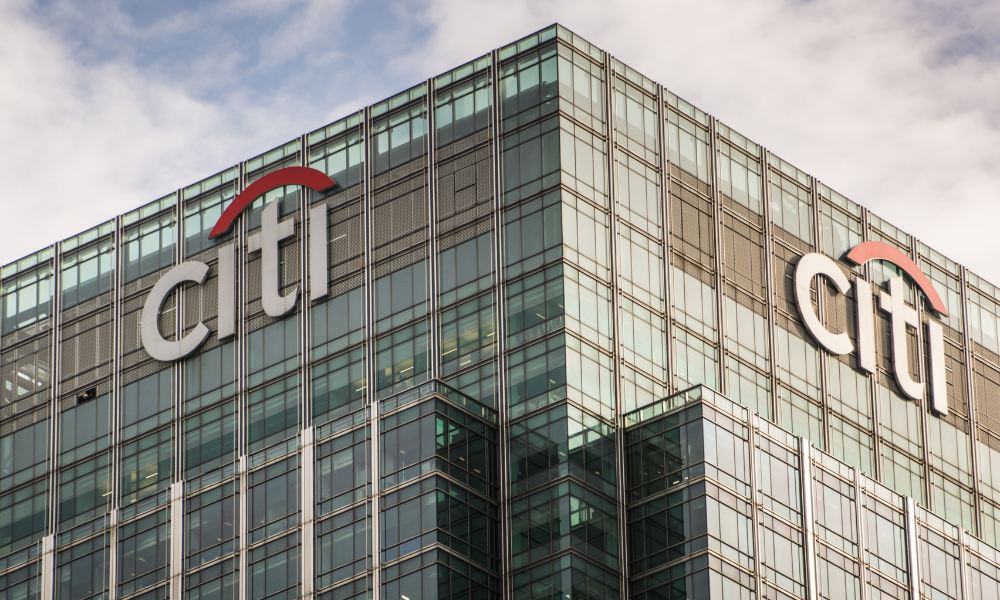Managing client expectation is crucial task given low-return environment

The question of how to manage client expectation during a market downturn is one that’s likely vexing many advisors right now. How far should you reach for returns? How much risk does that involve? What returns should you realistically expect in the next year of two?
In the second part of her interview with WP, Kendra Kaake,SEI’s Director of Investment Strategy for the Canadian Institutional Group, said it's vital that clients are being compensated for the risks they are taking on.
She explained that every strategic decision has a timing element, meaning every investor is forced to make tactical decisions. “We’re constantly encouraging our clients to carefully consider the environment with regards to managing defined benefit obligations and protecting funded status, for example, in a low return environment,” she said.
“It's such a great example of why that's so important. A falling rate environment tends to happen quickly when the economy is in turmoil, which is the worst possible time to be dealing with an increase in liabilities and contribution requirements. Rate increases, meanwhile, tend to happen when the economy is strong, when businesses have more flexibility to set aside capital for their pension plans.
"I often have clients who believe that rates will unexpectedly rise and significantly, so they want to be able to capitalize on an improved funded position as rates increase and their liabilities fall.”
One of the biggest risks to many of these sponsors is that they tend to be exposed to unexpected drops in the yield curve, particularly at the long end. They effectively have a short position in a long duration fixed-income portfolio to the extent that their liabilities move like a portfolio of long duration bonds. The risk, therefore, is that there is a widening of the funding gap when interest rates fall.
Kaake told WP that she’ll ask clients, do they believe that rates will rise faster and by more than what's already priced into the market? If their answer to that question is no, then it makes sense for the client to invest in the risk management portion of their portfolios via liability hedging, fixed income allocation, for example. This allows the portion of their allocation that's meant for return enhancement to work towards closing their funding gap or helping to fund future obligations.
Uncompensated risk, meanwhile, is something that, at a high level, needs to take into account organizational objectives. For a defined benefits sponsor, that could mean narrowing a funding gap or reducing surplus volatility, while for a non-profit organization that might mean meeting a spending objective while maintaining that intergenerational equity for future generations. Cancer Research, for example, has a social responsibility to spend.
Kaake said: “Whatever the case, whatever the investor type, every effort should be made to reduce that uncompensated risk at both the total portfolio and the total enterprise or business level.
“For Canadian institutional investors, a couple of things really stand out. First, many are heavily invested in assets that tend to be correlated with their core business. In the case of a DB sponsor or a non-profit organization, reducing some of these biases in the portfolio can really help to mitigate downside risk. And that's true at both the total portfolio level and total enterprise level.”
She added: “Ultimately, investors need to ensure that they're being compensated that for the risks that they're taking. It’s such an important dynamic in all of this.”



